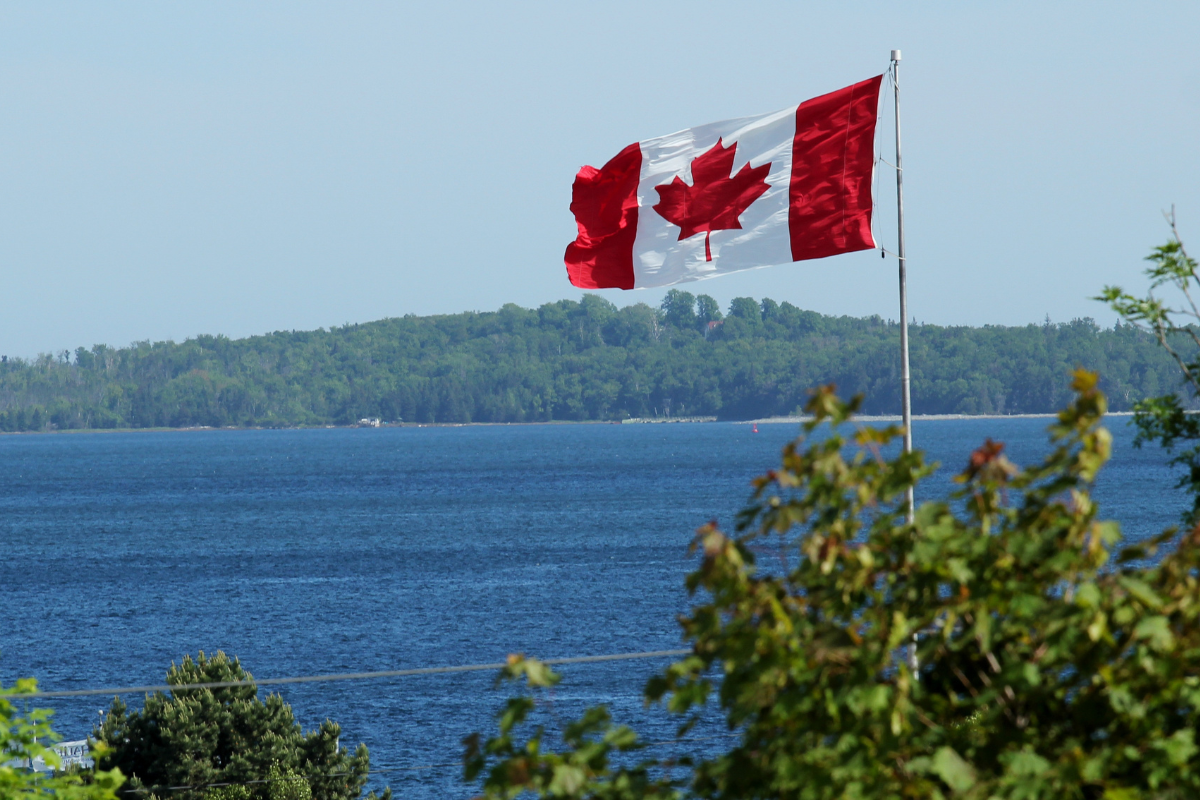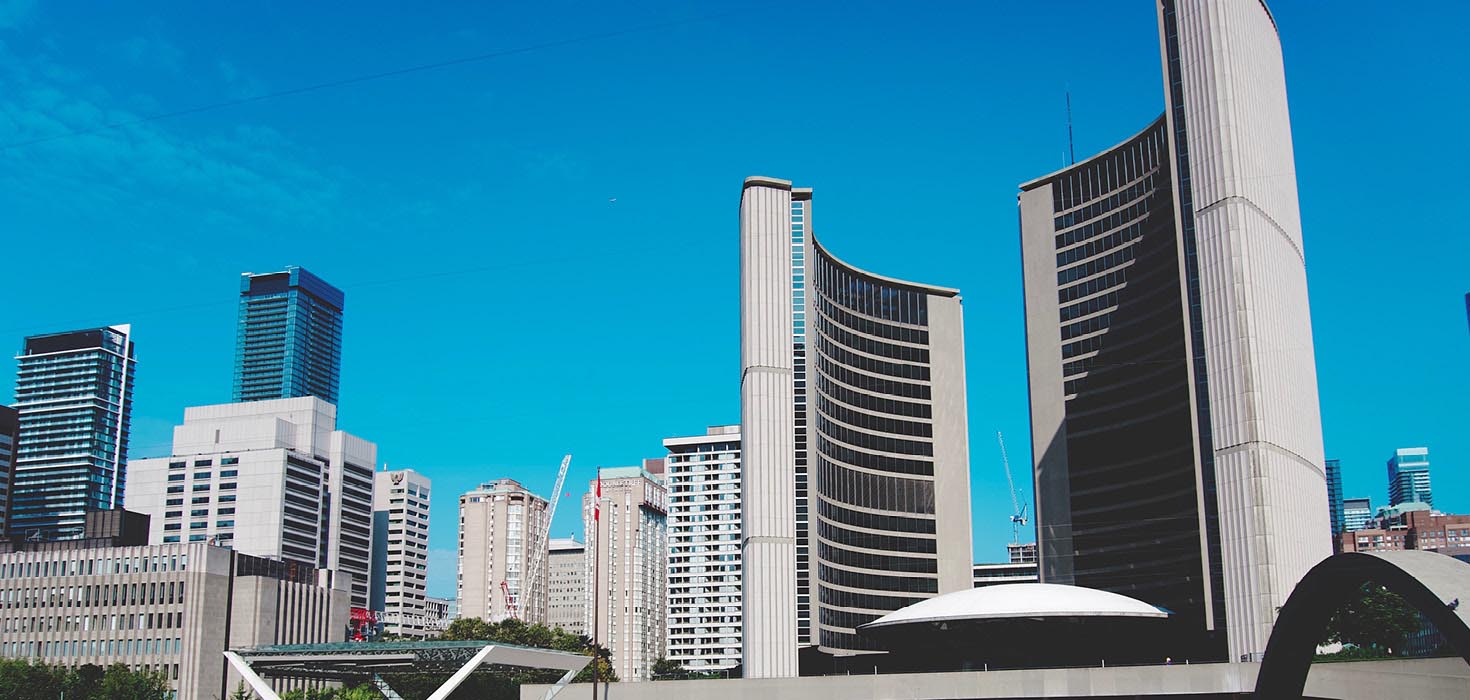Over the past several weeks Toronto has played host to critical conversations about shifting global trade, the new world order, and what it all means for Canada. The one pervasive theme has been the disruptive impact of “America First,” both here at home and globally.
We’d be smart to bet that in three and a half years, America will not revert to its pre-Trump self.
Last November’s re-election of President Trump has been a historic change point, greater than almost anyone imagined. What has become increasingly clear is that over the past nine months, the United States has been crystalizing a revolution that, in hindsight, was a long time coming and whose impacts are only just now starting to be felt. As Prime Minister Carney says, the U.S. relationship with Canada is not just transitioning, it’s ruptured.
This isn’t rhetoric. For decades now, U.S. administrations of all stripes have viewed Canada, Europe, Japan, and other partners as taking unfair advantage. This is the purest iteration of that sentiment.
The twin questions for Canada must be: what does a less dependent engagement with this new America look like, and how can a firmly regionalized Canada swiftly become more self-reliant and prosper?
On the first question, this was the crux of a conversation I had with Trump campaign strategist Steve Cortes at the Toronto Global Forum a few weeks ago. As he bluntly put it, MAGA is a nationalist, populist, America First movement focused on rebalancing the world order.
Protectionism and isolationism are returning as core values after eight decades of hibernation. And as Cortes said, populism, whether on the Right or the Left, is here to stay for the foreseeable future. Canada can’t wait patiently in the wings, hoping that a new America will come to value us the way they had over the past 80 years. However, it is still possible that in a world of deeply integrated supply chains, going it alone won’t deliver the intended results for the U.S. economy. So, back to Canada. We must turn our attention to our own redefinition because, as Bank of Canada Governor Tiff Macklem recently warned, our economy is headed towards a permanently lower growth path due to tariffs.
While many continue to nurture hope that the U.S. will eventually give us a good deal, for now, this is unrealistic. Rumours of something to come for steel and aluminum, which would have been good news, would still be far from enough and wouldn’t rebuild our competitiveness.
Toronto Region Board of Trade has advocated for a variety of measures to liberate investment in growth, like significant tax and regulatory reform, assistance for businesses to retool, and support to diversify their trade and exports. Beyond that, productivity-enhancing energy, transit, and goods movement infrastructure.
We also need strategic and coherent growth plans for impacted sectors. Not to tide them over until a deal is reached, but to root them here in Canada for the long term. This will all be very costly.
So, as we await the federal budget and provincial fall economic statements, Canadians should expect that a big turnaround strategy will require bigger deficits in the short term. Frankly, if we don’t have a big deficit, we’re not doing it right. As the head of a business organization, that may sound unorthodox, but such are the times we are living.
Importantly, all government spending is not equal. Long overdue investments in the kinds of productive capacity I mentioned are smart spending to create the economic growth flywheel spinning in a way we haven’t seen for decades. Canadians need to understand that, as the world’s ninth-largest economy, we have the fiscal capacity to do this.
These upfront costs plant the seeds for the long-term economic growth we will harvest in jobs, growth, and tax revenues for years to come—a key lesson of the government’s response to the financial crisis in 2008. But there’s also a lesson from the social security reforms of the mid-90s: Hard choices to slow growth in government services are needed to create budgetary room. In 2025, we need both strategies at the same time.
If we want the private sector to invest here at home, governments need to deliver the enabling conditions. President Trump is already moving at warp speed to reshore as much manufacturing and technology investment as possible. Our automakers, steelmakers, furniture makers, farmers, and their supply chains are already feeling the consequences. That’s why cautious incrementalism, the hallmark of Canadian policymaking, won’t cut it.
It’s time to accept that this isn’t a temporary storm to weather. For Canada, this is our time to rebuild our country on our own terms.
-

Giles Gherson
President and Chief Executive Officer, Toronto Region Board of Trade
Giles Gherson serves as the President and Chief Executive Officer of the Toronto Region Board of Trade, among North America's largest and most influential business organizations. In this role, Giles leads the Board's initiatives to strengthen and sustain business growth and competitiveness across the Toronto region, one of the fastest-growing metropolitan centres in North America.
Giles is dedicated to addressing the region’s most pressing challenges, including the widening productivity gap, the ongoing congestion crisis, and barriers to greater regional investment. At the same time, he champions Toronto’s vibrant growth and its role as a global leader in AI, data hubs and the diversity of its business sector. Under his leadership, the Board established the CEO-led Business Council of Toronto to tackle critical issues, with a strategic focus on Advanced Manufacturing, Climate and Energy Transition, the GTA West Economic Gateway, and the Financial Services sector.
Prior to joining the Board in 2022, Giles spent over 25 years in the private and public sector in progressively senior roles. He spent 15 years with the Province of Ontario, where he held multiple influential Deputy Minister roles – most extensively and recently as Deputy Minister, Economic Development. Previously, Giles has led the government’s economic growth and competitiveness policy, overseen the recent creation of two new agencies, Invest Ontario and IP Ontario, and worked to attract a wave of technology and manufacturing investments, including the retooling of the province’s auto sector for next generation battery electric vehicles. He currently sits on Ontario’s Advanced Manufacturing Council, working to boost the long-term competitiveness and resilience of this sector by attracting key investments and creating opportunities for businesses across the province.
Prior to his role in government, Giles worked as editor-in-chief of the Toronto Star, political editor of the National Post and editor of the Globe and Mail’s Report on Business. Giles is the immediate past President of the Board of Directors at the Institute of Public Administration of Canada, the country’s leading professional organization supporting excellence in the public sector.


